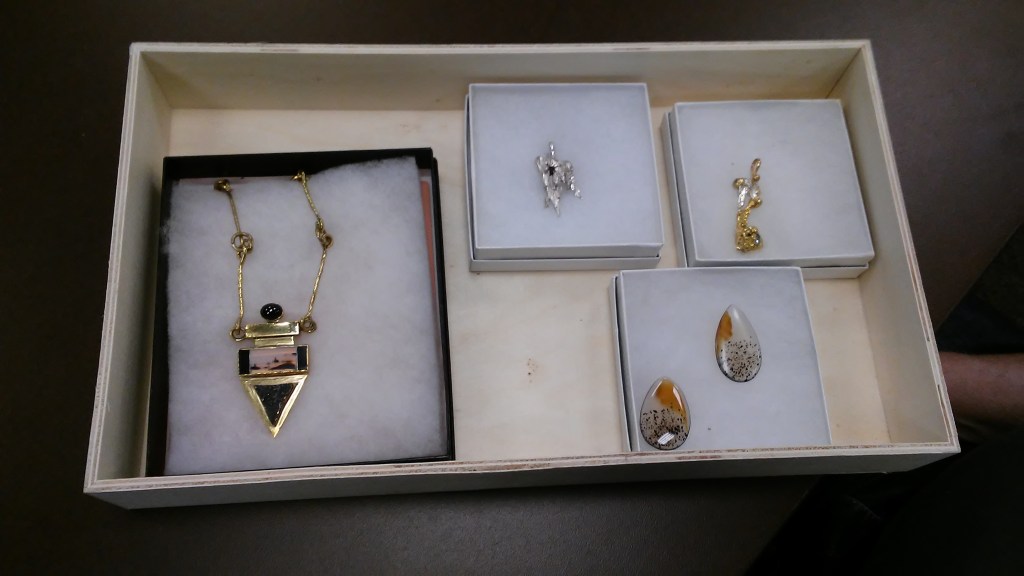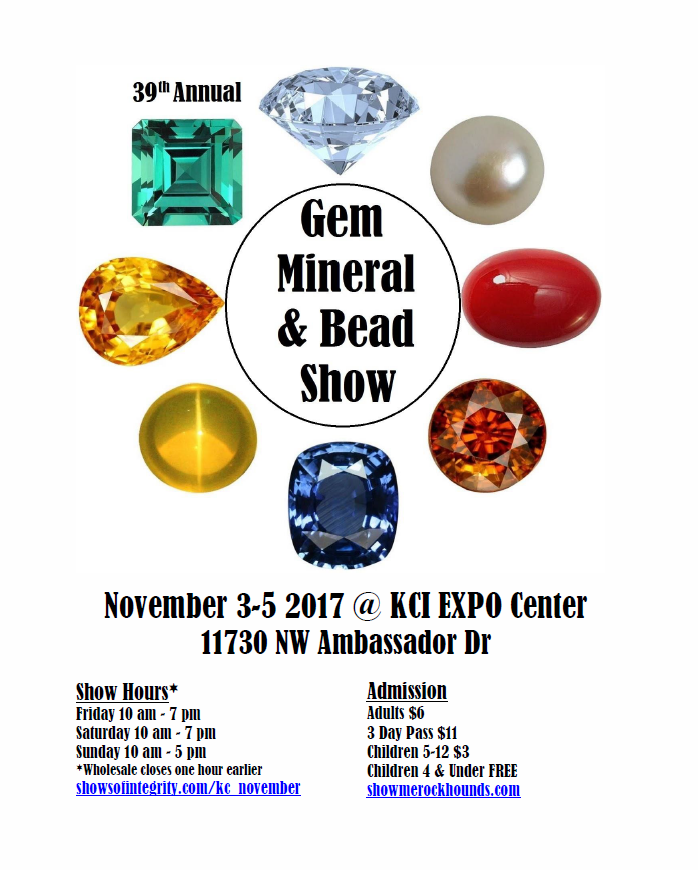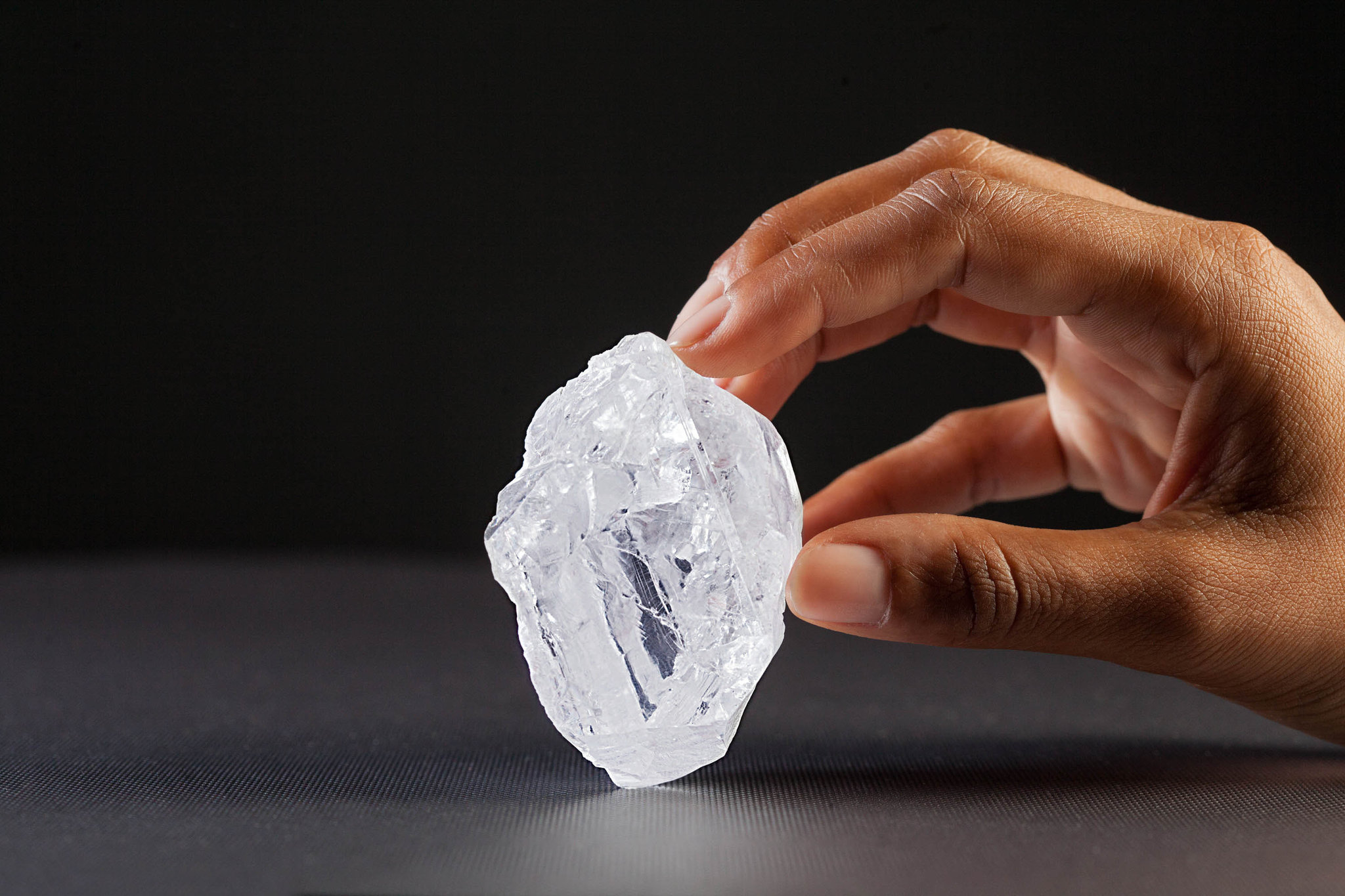
Images
42nd Annual Kansas City Fall Gem , Mineral, Jewelry & Bead Show November 5, 6, 7, 2021
59th GEM & MINERAL SHOW

KANSAS CITY GEM & MINERAL SHOW COUPON

Here’s a coupon for $1 off admission to the show. Come see the displays of Rocks and Minerals. Retailers will be selling rocks, fossils, cabochons, jewelry, beads and much more. Showmerockhounds.com
2019 Fall Show

October Meeting
As you know, our next meeting is Saturday, October 20 at the Sutton Geosciences Museum, Flarsheim Hall, Room 271, at UMKC. Please be aware that on that day they are having the Kansas City Marathon from 7:00am-1:00pm and there will be multiple road closures, so allow extra time to arrive. A map of the marathon route is here.
Additionally, I am very sorry I haven’t updated the website in 8 months. Please reach out if you are a club member and are interested in helping to run the website.
2018 Spring Show and Coupon

The 2018 Spring Gem and Mineral Show in Kansas City is coming soon! Here’s a flyer in PDF format in case you want to print one, and here’s the coupon as promised.

November Show Coming Soon
 Only 2 weeks until the Fall Kansas City Gem Show! Here’s a flyer in PDF format that you can print and hang up wherever you like, and don’t forget to pass around your coupons, too.
Only 2 weeks until the Fall Kansas City Gem Show! Here’s a flyer in PDF format that you can print and hang up wherever you like, and don’t forget to pass around your coupons, too.
Chemistry in Mining
During Earth Science WeekTM, we went to a lecture by Dr. Innocent Pumure from UCM called “Sonochemical Extraction of Arsenic and Selenium from Pulverized Rocks Associated with Mountaintop Removal Valley Fill (MTR/VF) Method of Coal Mining”.
You may be wondering, what is Mountaintop Removal Valley Fill Mining? First, the excavation company blows up (or strips) the top part of the mountain to remove vegetation and expose the coal seams. The coal seams are then mined through the open cast/strip method, and the extra rock and soil is dumped in nearby valleys called valley fills. It is cheaper and easier to do than regular mining, where they dig a vertical shaft down and do everything through the tunnel, but it blasts the mountain apart and looks ugly. Since 30% of electricity in the USA comes from coal, valley fill mining is still pretty popular.
In 2002, the EPA found too much selenium downstream of a certain mine in West Virginia (we’re not going to say which one). It was over 5 ng/mL, which was the limit back then.[*] 7 years later, there was still an active mine there and the water still had too much selenium. Even worse, the surrounding sediment had 10.7 mg/kg selenium. This could cause problems for the environment later. Due to bioaccumulation, you could say once it’s in there, it’s really in there.
So now we get to the topic of Dr. Pumure’s talk, in which he and his colleagues discovered a way to quickly find out how much selenium and arsenic were in the ground around this mine in West Virginia. When you do a chemical analysis, you usually have to break down the samples in order to measure what is in them. One method to do this would be to take some core samples and do an acid extraction, but that takes a long time and uses a lot of reagents. Sonochemical extraction uses ultrasound energy to accelerate the leaching process that would naturally happen as rocks become weathered. Since it is ultrasound, it does not directly touch the sample, is minimally invasive, and does not need any reagents except water.
Next, he explained the methodology, which means a description of exactly how they did it in the lab: the size of the extraction cells, how much water and power were used (200W/cm3), how long the samples were sonicated, and all the other pertinent information for chemists. Pumure actually spent quite a lot of time finding out the optimal sonicating time to get the best extraction. It turned out the best times for his sample sizes were 20 minutes for Se and 25 minutes for As. That’s really fast![**] Then, he did a comparison to a chemical sequential extraction to make sure that the sonochemical extraction method was getting everything. To summarize, yes it was. Finally, he did a principal component analysis of core samples from different places all over the mountain using this same technique. They found some really interesting trends and correlations, for example, it appears that there is more arsenic in illite clay than other types of clay.
This research has many useful applications. If you were running a mine, you could take samples more frequently to see if your mine is polluting the surrounding environment, and then you could do something about it before the EPA finds out. The method could probably be used for other analytes, too. For other research needs, you could now quickly analyze large batches of mineral samples to get lots of data that would otherwise be too expensive or time consuming to obtain.
[*]The EPA has since lowered the limit and now it is 3.1 ng/mL.
[**]For comparison, some of my colleagues do chemical extractions that take 2 days.
Lesedi La Rona Diamond Sells

Photo by Donald Bowers/Getty Images for Sotheby’s
In the fall of 2015, a 1,109 carat white diamond was found in the Lucara mine in South Africa. The diamond is called the Lesedi La Rona, which means “Our Light” in Setswana. They tried to sell it at a Sotheby’s auction last year (July 2016), and we even wrote about it on Show Me Rockhounds, but no bidder met the reserve. Now, it has finally sold.
On September 26, 2017, Graff Diamonds announced that they bought the Lesedi La Rona for $53 million in a private sale. The CEO of Lucara says $53 million is higher than the highest bid they got at the auction last year, but he wishes he could have got a higher price. (Don’t we all!)
What will they do with it? Lawrence Graff, the founder of Graff Diamonds, says, “The stone will tell us its story, it will dictate how it wants to be cut, and we will take the utmost care to respect its exceptional properties. … I am privileged to be given the opportunity to honor the magnificent natural beauty of the Lesedi La Rona.”
https://www.cnbc.com/2017/09/26/large-diamond-the-lesedi-la-rona-sells-for-53-million.html

